Tomato tree: how to grow it at home
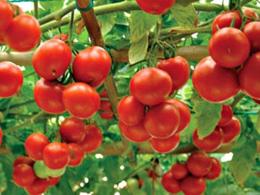
When it comes to tall tomatoes with unlimited growth, many gardeners call them tomato trees. However, this is not entirely true. Real tomato tree at home - this culture is quite new and unusual. Few people know that although this plant is a relative of tomatoes, it is still different from them.
Content:
What is a tomato or tomato tree
Very often, vegetable growers consider varieties of tall tomatoes to be a tomato tree. However, just as you cannot call tall varieties of tomatoes trees, just as you cannot call a real tomato tree or tsifomandra a variety of tomatoes. This is a separate plant from the Solanaceae family. Although the tomato seeds of the "Tsifomandra" variety that have appeared on sale also add to the confusion.
The homeland of the tomato tree is the countries of South and Central America. Cyphomandra grows wild in Peru, Chile, Brazil, and Ecuador. It is cultivated in many countries with warm climates. Lifespan is about 15 years. The trade name of the Cyphomandra fruit is tamarillo or woody tomato.
The life form is a medium-sized tree or shrub with evergreen leaves. Plant sizes range from 1.0 m to 3.0 meters. The leaves are large, the shape of the leaf blades is oval, pointed towards the apex, the surface is shiny, with a slight fluff.The calyx of flowers consists of 5 petals of light pink color and a yellow center. The fruits are elongated berries.
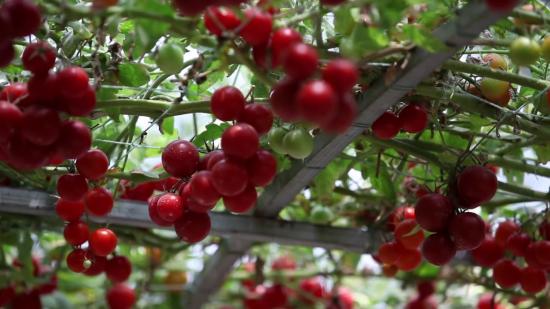
Their size depends on the variety, most often they are from 2 to 8 cm in length. The color of the peel of ripe fruits is yellow, yellow-orange, red. There are tamarillos and purple ones. The fruits are collected in clusters of 5-7 pieces. The peel of the tomato tree berries is dense and has a bitter taste. The pulp is pink, golden, creamy. Its taste is very pleasant, with a slight sourness, a little reminiscent of tomatoes and passion fruit.
The fruits can be used for preparing sweet dishes, compotes and desserts, as well as for unsweetened salads, sauces, goulash, and stews. Salads made from fresh tamarillo vegetables give an elegant look and fresh taste. For savory dishes, it is advisable to take purple and red fruits, and for sweet ones - yellow or orange.
Before using as food, the fruits must be dipped in boiling water, the skin removed, cut in half and the dark seeds removed. The pulp can then be eaten from the halves with a spoon or used for cooking. If you sprinkle the peeled tamarillo with sugar and let it cool slightly, this dish is perfect for a light breakfast.
New Zealand children, and New Zealand has been a leader in growing and eating tamarillo, simply pick the fruit, bite off the stalk, spit it out and squeeze the contents directly into the mouth, and throw away the empty peel. Many people may wonder why tree tomatoes are so remarkable that they can be grown at home?
It turns out that under indoor conditions, tomato trees bear fruit for seven to eight months, producing several tens of kilos of not only tasty, but also very healthy fruits.In addition, they are so elegant that on New Year’s Day, decorated with bright fruits, they can even replace a Christmas tree.
How to plant a tomato tree
Cyphomandra can be propagated by cuttings and seeds. Cuttings can only be harvested if an adult plant is already growing at home. Otherwise, you need to find Cyphomandra seeds. You can get them in two ways. The first is to find and buy a bag of seeds in a specialized store. This can also be done on the Internet.
Now seed producers offer several varieties of tomato trees for growing in tubs:
- Rotamer - ideal for growing at home, the tree grows strong with a beautiful crown, bright red fruits, ideal for morning sandwiches, especially if you mix their pulp with soft cheese, bears fruit from December to April;
- Ruby Red - when fully ripe, the fruits of this varieties acquire a pleasant taste and are good for various dishes;
- Inka Gold - yellow fruits with an apricot flavor; if you stew the pulp a little, it is very tasty to pour over ice cream balls;
- Solid Gold - elegant golden fruits with a sour taste.
If you were unable to buy seeds, you can find and buy fruits in the store. Once fully ripe, select the seeds and use them for planting.
Soil and conditions for growing a tomato tree
The agricultural technology for growing a tomato tree is similar to growing any nightshade crops. Therefore, you can buy soil ready for these crops and mix two parts of soil with one part of coarse sand. You can make a soil mixture of equal parts of leaf soil, peat and sand. Fine expanded clay is suitable for the drainage layer.
The pot needs to be spacious, but it should be slightly wider than it is deep, since the roots grow in width and not in depth. You will definitely need a pallet. You need to grow a tomato tree in good sunlight, but it is advisable to avoid midday direct sun. In winter, additional light is needed.
Video about tomato tree:
How to plant seeds
Before landing Soak the seeds in water and keep in it for about 12 hours. Then place them in a pink solution of potassium permanganate for 30 minutes. Sowing is done in small pots with a capacity of 0.4 - 0.5 liters. Since they sell seeds in bags of 3-5 pieces, you can sow those seeds in common boxes, like tomato seedlings, that you can choose yourself from ripe fruits with almost no limit on the quantity.
The day before sowing, moisten the soil well. Place the seeds one at a time in holes 1.0 - 1.5 cm deep and cover with soil. Keep the pots in a lighted place at a temperature of + 24 + 25 degrees. Seed germination can begin on the fifth day. If seedlings do not appear within 10 - 12 days, then most likely the seeds have lost their viability.
Care after emergence
In the first 7-8 weeks, seedlings grow rather slowly. At this time they need moderate watering and good lighting. When the seedlings are a month old, they can be fed with complex mineral mixtures. Starting from the third month, the plants can be transplanted into a new, larger pot.
Tomato tree care
In the first year, the plant easily grows to 0.8 -1.0 meters. In summer, pots with it can be taken out into the open air. Plants should be placed in windless places, and to prevent accidental falling, they should be attached to a support.The plant can remain outdoors until autumn. You shouldn’t wait until the first frosts arrive; the tree, of course, can survive temperatures of -1 - 2 degrees, but its leaves will freeze.

Regular watering is recommended, but without overflowing or stagnant water; you can use bottom watering through a tray. Every two weeks the plant is needed feed. For this purpose, ready-made mineral and organic mixtures are used. If the plant blooms in the first year, the flowers must be removed. Otherwise, they will take too much energy from the tree.
The fruits do not ripen at the same time, so they need to be removed as they ripen, after the end of the season, and all fruit-bearing branches should be cut off. This stimulates the next fruiting. As soon as all the fruits have been collected, the plant needs to have a dormant period of two to three months, reduce watering, stop feeding and lower the room temperature to + 16 + 18 degrees.



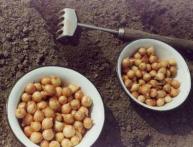

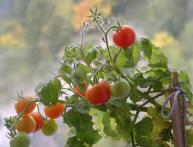
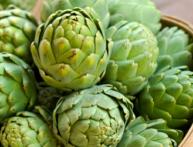

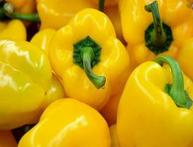
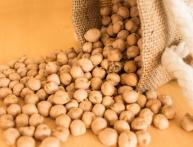
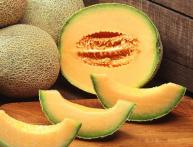
Comments
How much effort and money goes into obtaining quality tomatoes. With all the diseases that attack tomatoes, you have to literally shake over each bush. And with this view, there seems to be no such hassle. It would be interesting to try.
And yet, how many times a week should this tree be watered?
Does the plant require transplanting from a pot to a garden in the summer?
I don’t quite understand why you need to remove the skin and remove the dark seeds? As they say, all the nutrients are always contained in the peel. My parents have a tomato tree growing in a greenhouse at their dacha; there were tons of flowers, but without pollination they all turned out to be barren flowers. Not a single tomato grew. I blame the bad lighting.
If I understand correctly, in modern greenhouses for growing tomatoes on an industrial scale, I use exactly these trees.To be honest, I don’t really like the taste of these fruits.